We interviewed Francesco Ozzola, director of the Suburbia Contemporary gallery, one of the most interesting spaces on the international art scene regarding proposals: artists, exhibitions but also parallel and itinerant non-profit projects such as Satellite.
Federica Fiumelli: Suburbia Contemporary, for some years now has been active in the panorama of international contemporary art. Can you tell us how it was born, and why did you choose Granada?
Francesco Ozzola: I have lived in Granada since 2014, I became aware of its real location on the continent with the first car trips from Madrid, the city where I lived before. From Madrid to Granada you can get there by taking the Carretera Andalucía, once you have passed the Despeñaperros pass and you enter Andalusia, the road signs begin to be translated into Arabic. Granada is located on the far European periphery. This distance from the center is not to be assessed only in geographic terms, but also in social and economic terms, and it is precisely this that has laid the foundation of the Suburbia project. By exploiting its resources, doing without the superfluous, Suburbia achieves its objectives through good practices and working online in a global way. Suburbia Contemporary was born as a non-profit space in 2017, then in September 2018 it evolved into a gallery, representing emerging and mid-career artists, globally, with a program focused on research, making quality its cornerstone.
This difficult period we are globally experiencing because of Covid19 has changed and is changing any scenario, how is the gallery moving? Scheduled for the end of March you had the opening Mabel Palacín, “El Pasajero” solo show: what is it about and how are you proposing the online preview?
As usual, even during this period, we are promoting the work of our artists by taking care of their communication, through social networks and online sales platforms. In May we should have presented the work of three South African artists, Jake Aikman, Bonolo Kavula and Jacob Van Schalkwyk at Future Fair New York, but given the emergency, the fair will also turn totally digital.
In terms of gallery exhibitions we had to postpone the inauguration of “El Pasajero”, solo show by Mabel Palacín to a date to be defined. “El Pasajero” is a site-specific installation consisting of a large set of photographs that generate shapes, drawings, stories, which in turn are recomposed into circles, which order gestures and resonances, and finally form an eye that looks at us. With “El Pasajero” Mabel Palacín represents daily life, collects simple actions (of which we are now deprived) in the subway of different cities: 77 passengers consult their cell phones, 15 read, 16 sleep, 22 look at us and only one carries some bread. The subway is presented as a non-place, where large concentrations of people are produced, where Mabel Palacín highlights the traces left by each individual by reconstructing a collective history and where we are all unconsciously the passenger.
Paradoxically, the passenger image during this period of crisis and isolation has disappeared, therefore given Mabel’s ability to perceive the changes in society and its image, we decided to share an online preview. Certainly the work of the gallery cannot be only online, the galleries are social meeting points, with a fundamental role in the cultural fabric of the cities, the galleries live through the public, for this reason once this emergency is over we will inaugurate and finally open.
Another project that you had to inaugurate in this period is Satellite in Florence – a “mobile” project space that has also seen part of its activity in another city, Cape Town. Can you tell us how it was born and how it will collaborate with another new project for contemporary Florentine art, the newborn “La Portineria“? Again are you proposing an online preview? And why the transition from Cape Town to Florence?
The itinerant nature of Satellite allows to reach a wide variety of talents and different artistic practices in the various hemispheres in which it resides, it was born from the idea of creating new expressive vehicles, the artists involved in the gallery come from different parts of the world and follow different definitions of artistic practice. With the group show “Surroundings”, we show the first results of this global look, with the presence of artists such as Jake Aikman, Michelangelo Consani, Bonolo Kavula, Sepideh Mehraban, Mabel Palacín, Laura Paoletti, Robert Pettena, Jaime Poblete, Jacob Van Schalkwyk and Shakil Solanki. Also in this case there will be a digital preview, which will aim to bring the public closer to the project space and the opening exhibition.
The exhibition space where Satellite currently resides is the sister space of “La Portineria” by Matteo Innocenti. “La Portineria” will be a research space in the local and Italian context, while Satellite will have a more international look, so we will dialogue these two realities with the aim of fomenting the discourse on contemporary art, the inaugurations will be staggered so you can always make two exhibitions visible. Granada, Cape Town and Florence are cities that have a strong evocative power, they describe distant and different scenarios, and I personally find it interesting to think of approaching them with a common line. Each city corresponds to groups of people close to the project, who supported and support it, in fact we cannot speak of a passage from one city to another, but of a natural process of the project, which after having “mapped” the territory, go to the next step. The Satellite project will not stop in Florence, as Suburbia could move elsewhere.
For the artists and curators who are reading us, how does Suburbia select its artists and how does an exhibition project usually start? What relationship do you have with external curators and how do you carry on the relationship with the artists you choose?
The number of artists represented by the gallery is very small, this allows us to take care of every detail of the exhibitions, both in the gallery and at the fair. Each event always has a well-defined curatorial approach, and the limited number of artists allows us to have a personal relationship with each one, certainly a factor of great value for a long-term project. We started with a series of solo shows in Suburbia, and then made the first group show in Cape Town by Alexandra Karakashian and Khanya Mashabela. We showed up at the first big appointment in Italy with the solo show by Jake Aikman, a South African artist, and for the occasion we published a catalog with a text by Sean O’Toole. This year we repeated the experience, presenting a solo show by Jaime Poblete, with the introduction to his work by Antonio Arévalo. On the occasion of the latest Investec Cape Town Art Fair, at the invitation of Nkule Mabaso and Luigi Fassi, we presented Bonolo Kavula in the Tomorrow / Todays section.
What do you think of the contemporary art system? Do you notice any differences in working in Spain, compared to Italy or other countries? How would you define the current Spanish scene?
The work of institutions and museums should not only protect heritage, but try to foment research and train the public by integrating it into the cultural fabric; an attentive audience, who can easily access creative and conceptual content, not only makes the art system more dynamic, but would undoubtedly bring a contribution to society. Here in Granada I started with a non-profit project. I believe that giving space to research is essential, even if you want to look for the most radical path, in the end you are faced with reality, the market. For Suburbia, the digitalization of art has represented a great opportunity, we can relate to different realities all over the world. Our proposal is well received in the United States, Belgium, the United Kingdom, Germany and South Africa, where I see a well-structured art system, where everyone collaborates, where everyone supports each other, where I notice a fair exchange between artists, curators, museums, foundations, collectors and finally with the Cape Town fair which embodies all this and amplifies it. I believe that we cannot speak of an art system, I believe that it changes a lot within a few kilometers, depending on the policies undertaken by the various cities, in general it would take more positivity, in Italy, and even more in Spain, more exchange and less self-reference.
How do you envision the post-virus artistic scenario between possibilities and disadvantages?
It will be an interesting period, we take every change as an opportunity, we are flexible, lately we have had the time to develop and then practice communication and sales strategies. We would have liked to participate in the fairs we had planned, which give us stability, and a way of consolidating ourselves where we come with our networks, we will go back further. I think this period can lead to looking at things with greater attention, I hope the time has come to take things with more awareness and looking more in the long run, leaving aside this frenzy with which consumerism has made us live for a long time.
Info:
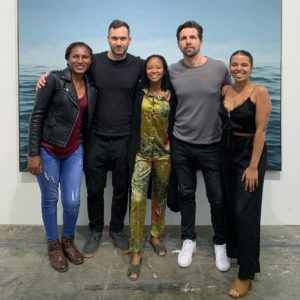 Suburbia Contemporary at Investec Cape Town Art Fair 2020, Main Booth. Lilietta Njovana, Jake Aikman, Bonolo Kavula, Francesco Ozzola, Kim Makin
Suburbia Contemporary at Investec Cape Town Art Fair 2020, Main Booth. Lilietta Njovana, Jake Aikman, Bonolo Kavula, Francesco Ozzola, Kim Makin
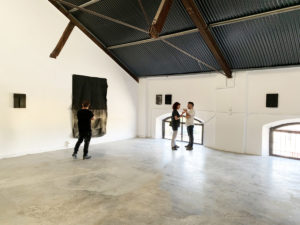 Jaime Poblete Nigredo Opening at Suburbia Contemporary
Jaime Poblete Nigredo Opening at Suburbia Contemporary
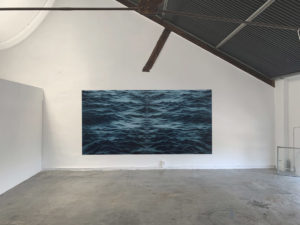 Jake Aikman at Suburbia Contemporary
Jake Aikman at Suburbia Contemporary
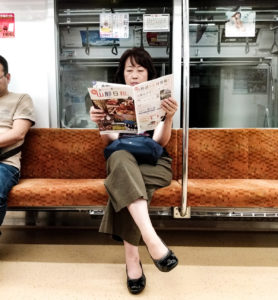 Mabel Palacin, El pasajero, 2020
Mabel Palacin, El pasajero, 2020
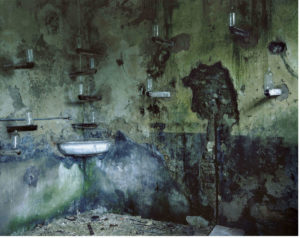 Robert Pettena, Alla conquista dell’inutile, 2017
Robert Pettena, Alla conquista dell’inutile, 2017
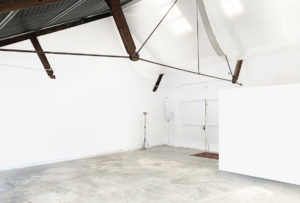 Suburbia Contemporary; the venue
Suburbia Contemporary; the venue
For all the images: courtesy Suburbia Contemporary
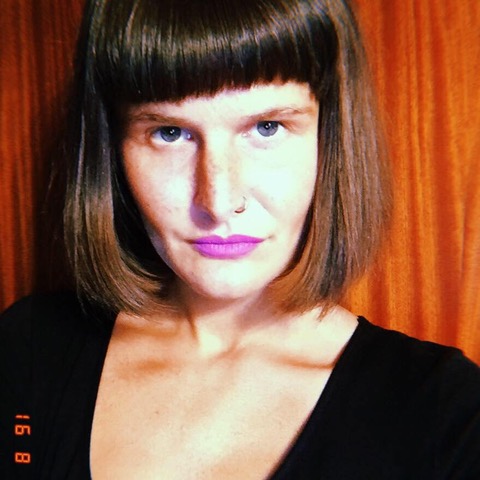
(1990) Graduated at DAMS in Bologna in Visual Arts with a thesis on the relationship and the paradoxes that exist between photography and fashion, from Cecil Beaton to Cindy Sherman, she specializes at the Academy of Fine Arts in Bologna in the two-year course in art teaching, communication and cultural mediation of the artistic heritage with a thesis on the historical-critical path of Francesca Alinovi, a postmodern critique. Since 2012 she has started to collaborate with exhibition spaces carrying out various activities: from setting up exhibitions to writing critical texts or press releases, to educational workshops for children, and social media manager. She has been collaborating since 2011 with various magazines: Vogue online, The Artship, Broken Fracture, Wall Street International Magazine, Forme Uniche Magazine.






NO COMMENT